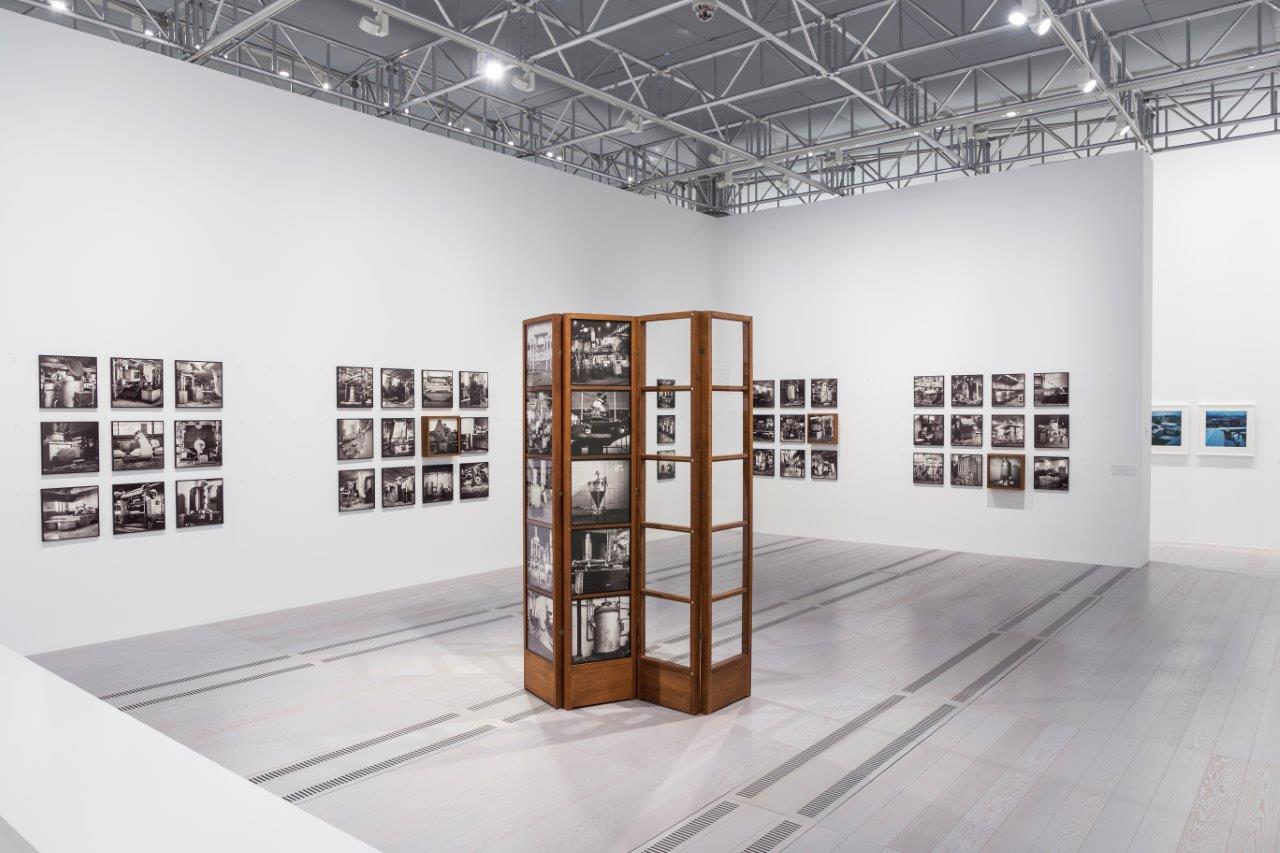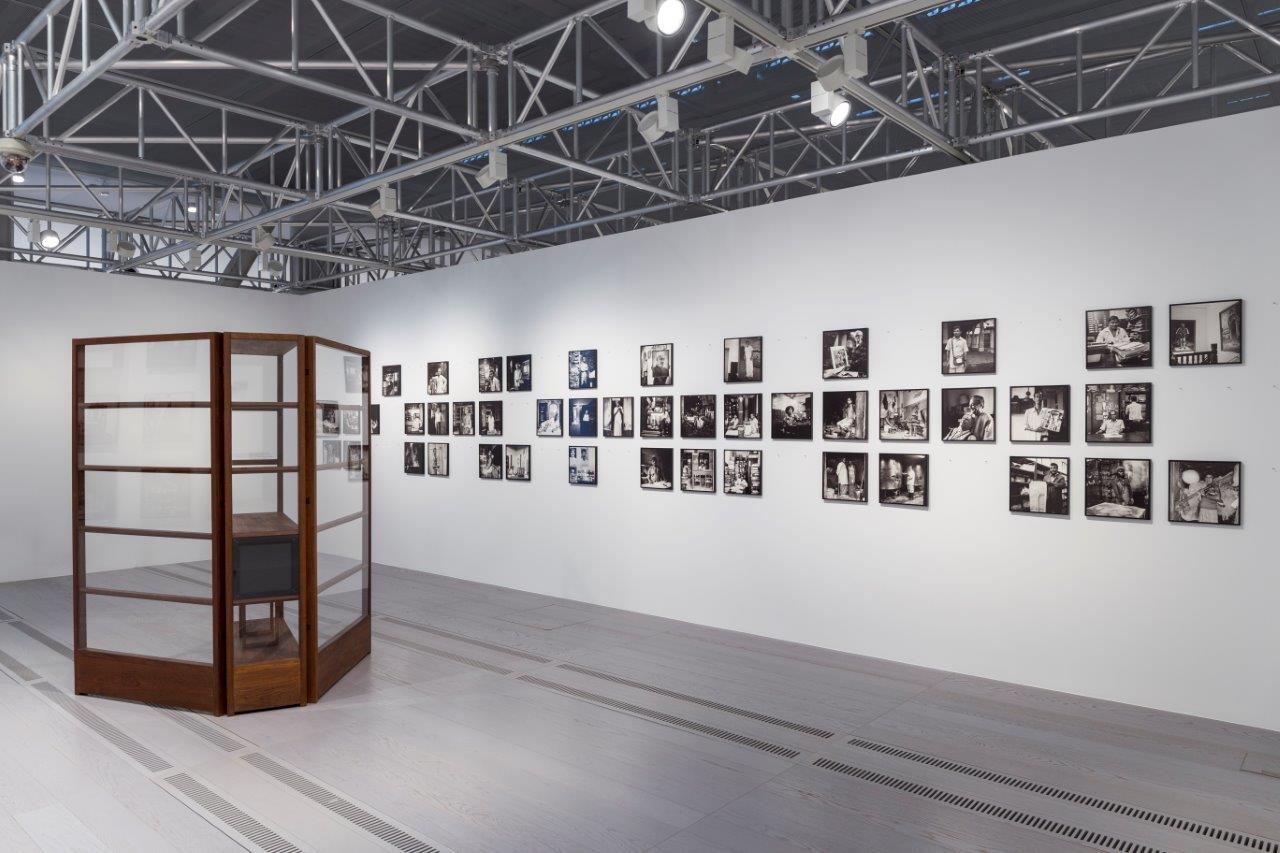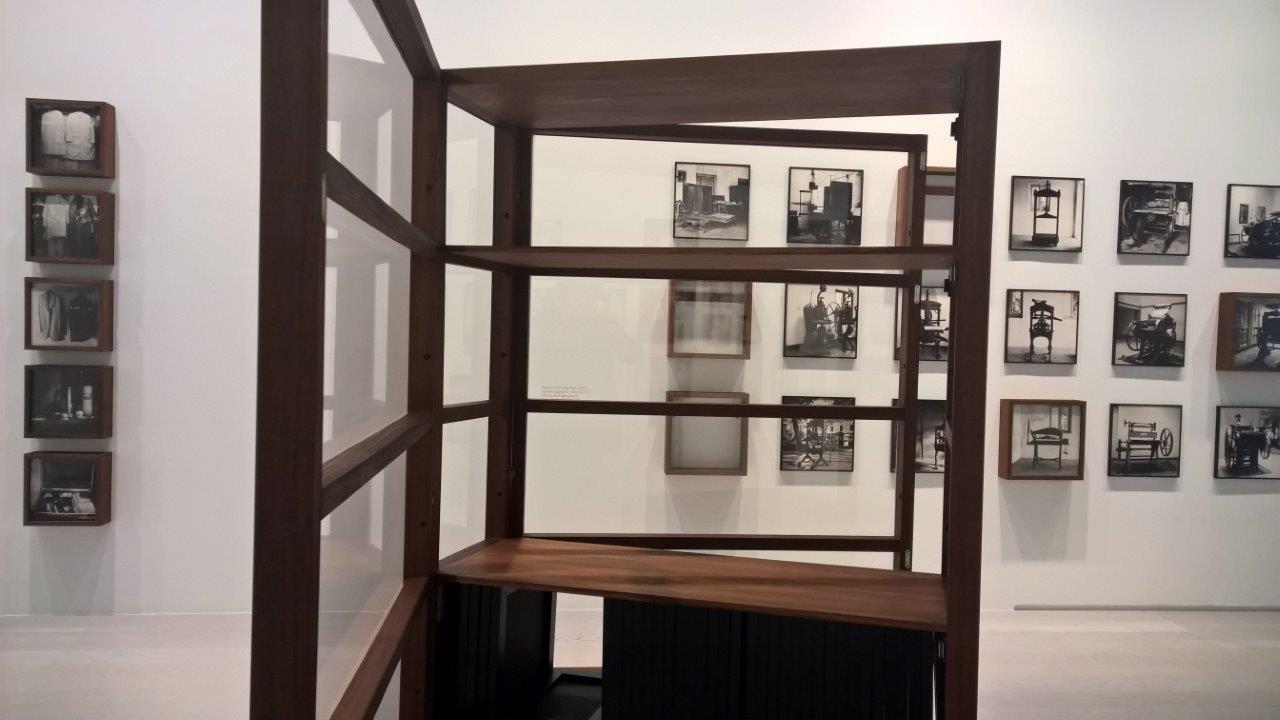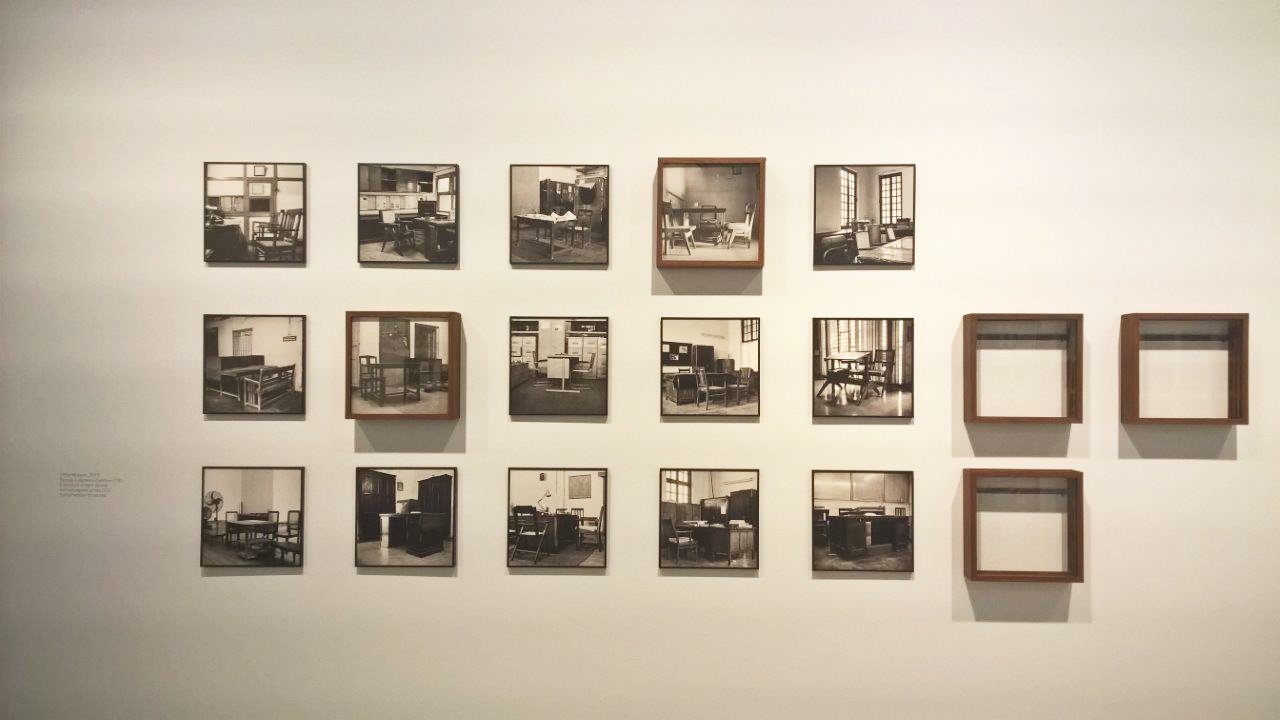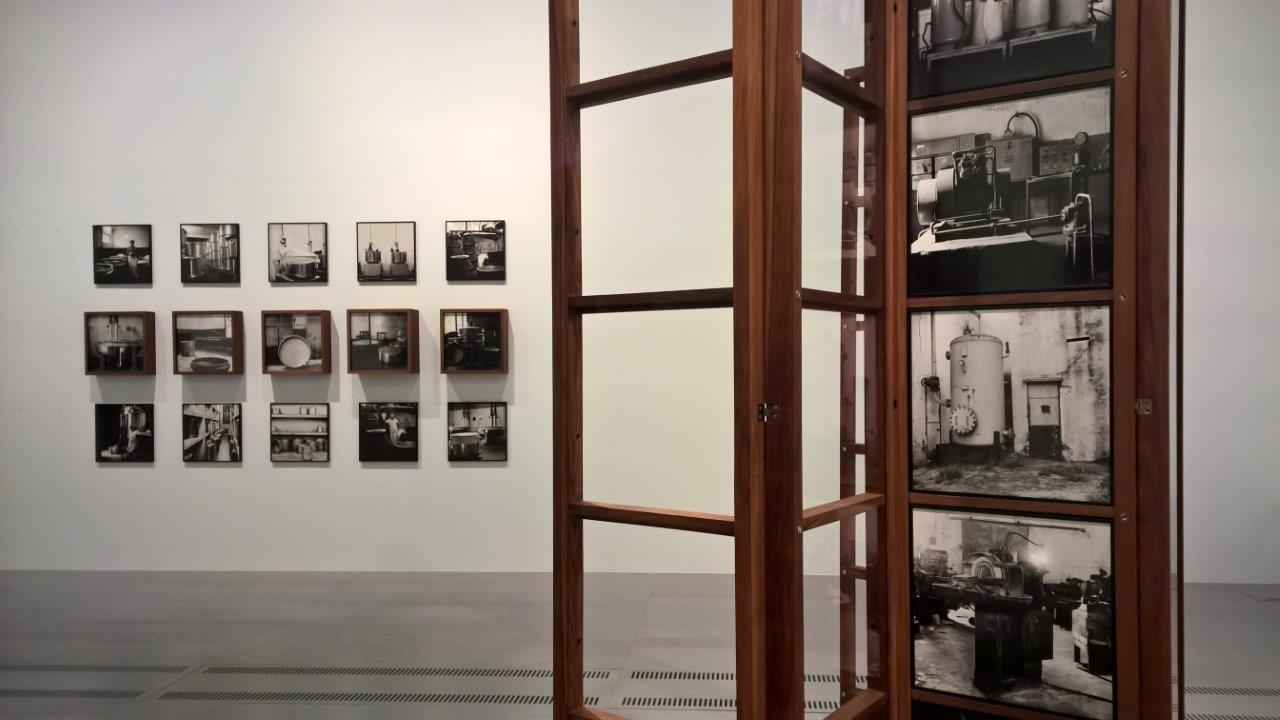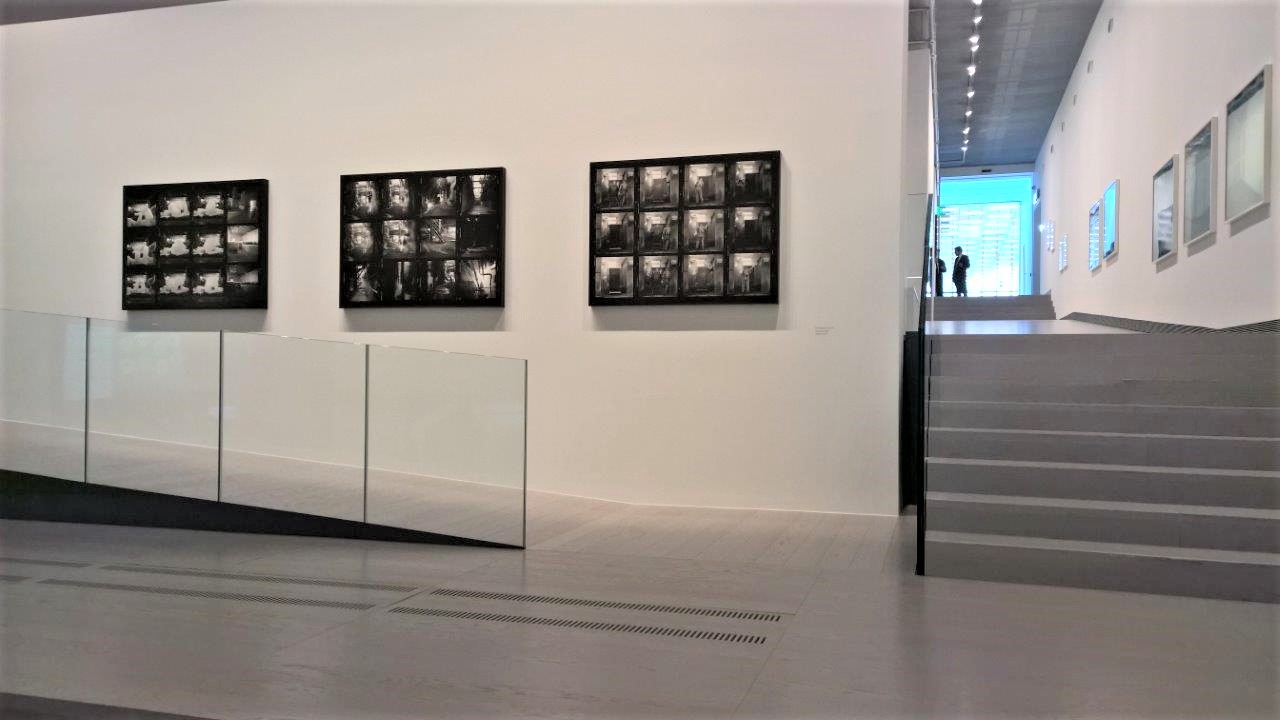Dayanita Singh (*1961, New Delhi) is a remarkable personality and an extraordinary artist. In the last five years, her work has attracted attention through exhibitions at the Art Institute of Chicago, the Hayward Gallery in London, the Museum Moderne Kunst in Frankfurt, the Kiran Nadar Museum of Art in New Delhi, the Mapfre Foundation in Madrid, as well as with her two contributions to the Venice Biennale (in 2011 and 2013 respectively). It is an oeuvre that is special in a number of ways.
She began her work in the 1990s with journalistic photo reportage. She has continued to develop her photographic style ever since. First, in collaboration with Steidl, her publisher, she invented unique book formats in which her photographs create new narratives, follow new sequences. For example, in the book “Privacy”, much to the surprise of everyone, she portrays wealthy India and its interiors; for the first time, she portrayed a bourgeois, upper-class India and in doing so declared her interest in it, which is anthropological and archaeological in equal measure. With the publication of this book, Dayanita Singh distanced herself from the photographic colonialist gaze that is repeatedly directed at her country and which had initially characterised her own photography, too; she removed herself from the view of exotic India, the country of catastrophes, conflicts, poverty. In her book “Chairs”, she explored her sense of inanimate objects, of spaces, of evocative emptiness, and the latent time in them. The history of individuals, of families, of generations, of an old culture now developing once more after independance seems to manifest in these chairs and furniture, in the stillness of these objects. In “Go Away Closer” she steps away from the process of documenting and develops an essayistic view and function in her photography that comes together in a magical photo-novella without words to shape internal and external life, society and personal history, presence and absence, fullness and emptiness, reality and dream into a fragmented whole, a new and unique body of image and poetry.
The projects and books “Sent a letter”, “Blue Book”, “Dream Villa”, and “House of Love” took this development further and demonstrate how Dayanita Singh increasingly conceives of photography as open. Today, each photograph by her is like an open book that changes and shifts with each interpretation and each context. This open, increasingly performative dimension in her photography has recently also manifested in her exhibitions. Here, she has developed very individual display modes, very peculiar presentation forms; she builds furniture, carts, constructs folding screens or mobile, movable “museums”, as she likes to call them – i.e. structures that continually give her photography new forms and a new presence wherever it goes, thus disclosing new meanings. Her museums unfold a game before the eyes of the beholder, a world between an archive and an exhibition, a collection and a presentation.
In her exhibition at MAST, Dayanita Singh will present groups of works that all relate to labour, production, and to the administration and archiving of life. “Museum of Machines”, “Museum of Industrial Kitchen”, “Office Museum”, “Museum of Printing Machines”, “Museum of Men”, and “File Museum” are the titles of some of the groups that will be displayed. In “File Museum”, for example, Singh photographs the India of archives. Stacks and stacks of history can be found there, piled processes, layers of experience. She displays the world of the archive as a living shadow world, a world of paper, of paragraphs, of files, which are bestowed a milky, pale illumination under the glow of old strip lights and which appear to perish, rot, disintegrate, yet paradoxically seem also to be alive and cultivated. She shows the archives as dusty places full of great hope and deep pain, full of simultaneous distance and proximity.
Productive India rises up in the other series: powerful, smoky, thundering machines, operating procedures, workflows, workstations, and their organisation and structure will unfold to the viewer in near labyrinthine fashion. Under Dayanita Singh’s gaze, all tools and objects appear to come alive, to rise up, to speak; they do not appear to be a productive, but rather a psychological landscape. Or as the author Aveek Sen has expressed it: “As we spend more time with these creatures and contemplate the spaces of encounter they inhabit or conjure up, what begins to rise up within us is, paradoxically, a sense of personality and personhood.”
Today, Dayanita Singh is one of the most famous artists active in the field of photography in India and indeed internationally. In this exhibition, we see not only her work and her groups of works – we also direct our gaze at a rich artistic life, a powerful, complex life that has become increasingly confident and more mature over the years. All without ever losing its inquisitiveness, its joy in play.
Curated by Urs Stahel

